If you look at a collection of almost anything—people, objects, animals—those with average characteristics dominate in numbers. e.g. for humans those who are of average height, weight, etc are in the majority.
However, when it comes to disruptive selection, this rule doesn’t apply.
Disruptive selection is a kind of natural selection in biology where individuals with extreme traits are favored to survive.
In this case, the extreme traits have a selective advantage against traits that are medium or average. A population that has undergone disruptive selection will tend to have only members with extreme traits. Those with medium or average traits are eliminated.
Since the extreme traits have a selective advantage, this means individuals with those traits get to survive, mate and reproduce more than their counterparts. As a result, they get more offspring and their numbers are greater in the population.
Disruptive selection often occurs where there is great selection pressure such as when there is a shortage of resources like food during high population.
It is differentiated from other selection types like stabilizing selection and directional selection.
Disruptive selection is the rarest among the different selection types. However, along with directional selection, they have the greatest potential to lead to speciation—the formation of new species.
Here are 10 examples of disruptive selection in daily life
1. African fire-bellied seed cracker finch
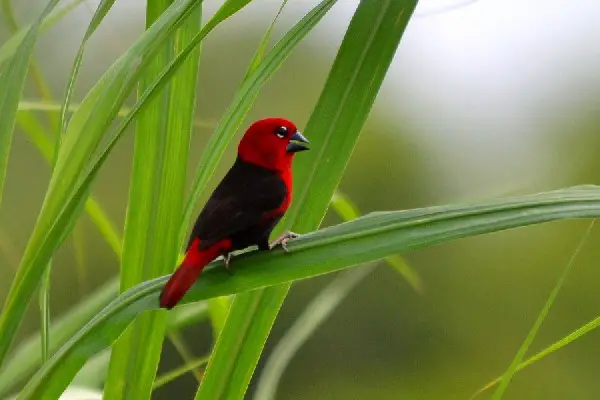
These bird species have only two kinds of individuals: those with big or small beaks. Intermediate size beaks are almost nonexistent.
These beak sizes correspond to the size of the seed found in the environment.
No average size seeds can be found. This favors those birds which can open large seeds whose shells are tough and those who can handle small seeds.
2. Peppered moths
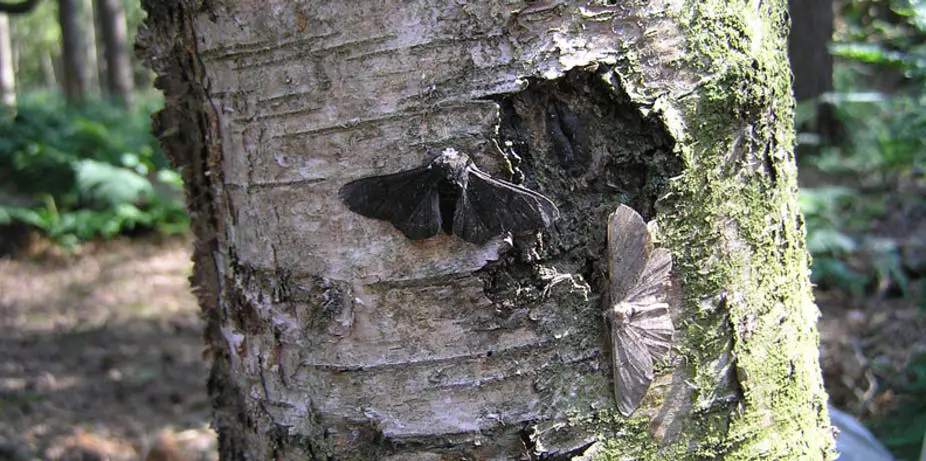
London’s peppered moth is the best-cited example of disruptive selection.
Two-color versions of the moths are those in rural and industrial areas. Their colors differ with the rural ones being very light-colored and industrial ones being dark.
Medium-colored versions of this moth are almost non-existent in both rural and industrial areas.
The reason for this is that dark-colored moths are better camouflaged on dark rocks which have been darkened by soot from industrial smoke.
White rural butterflies are better camouflaged in rocks in rural areas. So, they are less likely to be eaten by birds.
Medium-colored moths are not able to camouflage themselves in both rural and industrial areas so they are eaten.
The result of this is that the population of moths becomes dominated by dark and white-colored moths.
3. Oysters
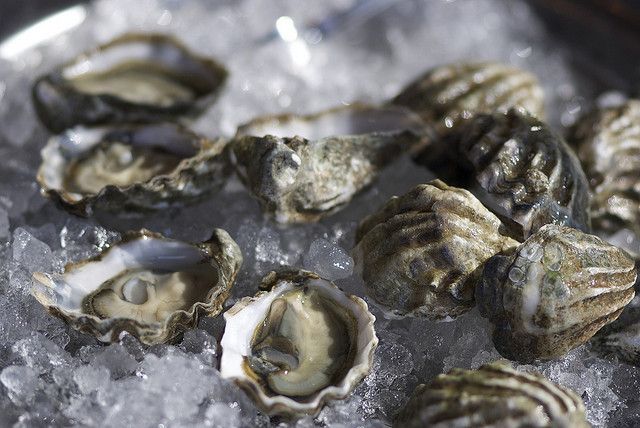
Among oysters, medium-colored oysters can’t blend well and camouflage themselves against predators. Therefore, more of them are eaten compared to oysters that are light or dark-colored.
With fewer of them surviving, fewer intermediate-colored oysters can’t mate and reproduce as much as their counterparts. This means they will get outnumbered by oysters of other colors.
4. Darwin’s finches
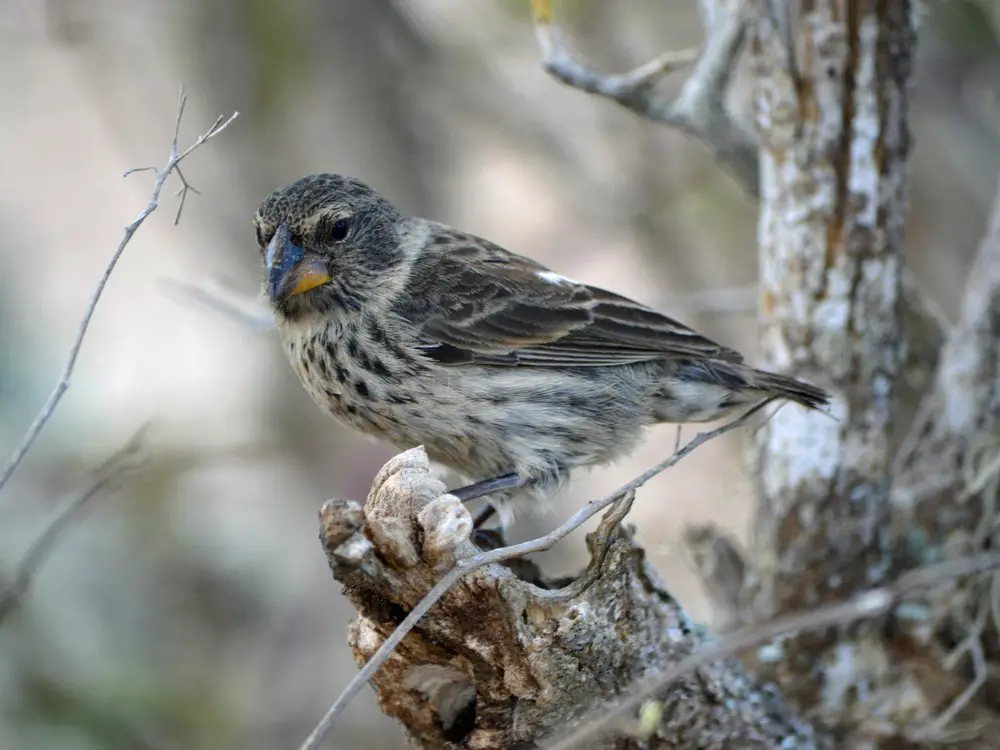
Also known as Galapagos finches, these finches live in a group of islands that Darwin visited.
These birds have evolved a variety of traits with intermediate traits being selected against. e.g., in Santa Cruz Island medium size beaked finches are rare.
The beak size determines abilities such as feeding and also mating calls.
As a result of this disruptive selection, biologists believe that speciation is underway in the area.
5. Spadefoot toad tadpoles
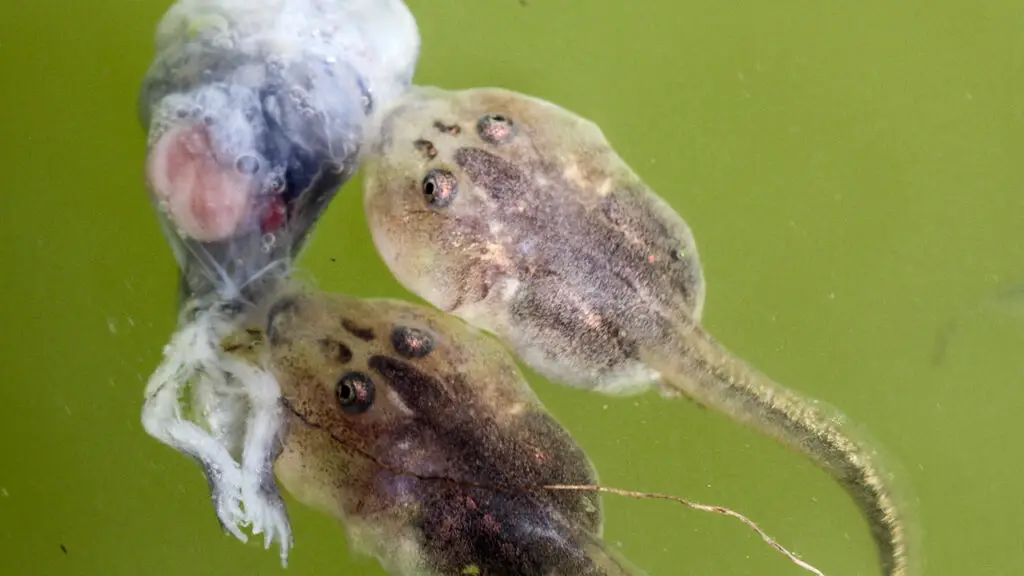
Extremes in shape are found in high numbers in spadefoot tadpoles. These extremes show different feeding habits.
For example, round-bodied spadefoot tadpoles tend to be omnivorous. Narrow-bodied ones are more carnivorous.
The smallest spadefoot tadpoles were poorly fed and lack additional food options compared with the others.
For example, the more omnivorous ones were more adept at feeding on pond detritus while the more carnivorous ones fed effectively on shrimp.
These cause them to dominate in numbers in the population.
6. Lobster mating strategies
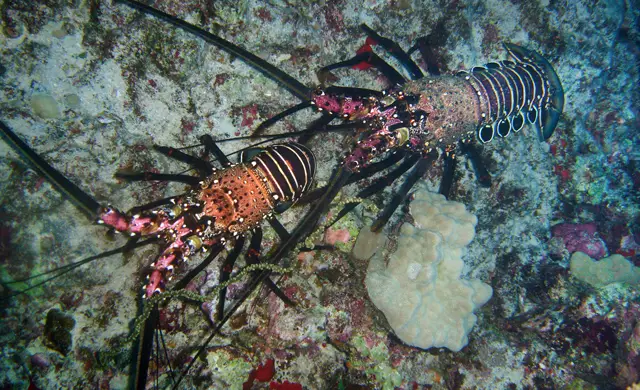
Lobster males experience disruptive selection due to their different mating strategies. For example, dominant alpha males are large and are able to mate using brute force.
On the other hand, small males can sneak into an alpha male’s territory and mate furtively with the females.
Medium-sized males however are unable to mate in either of these ways and are therefore selected against.
7. Lazuli bunting birds
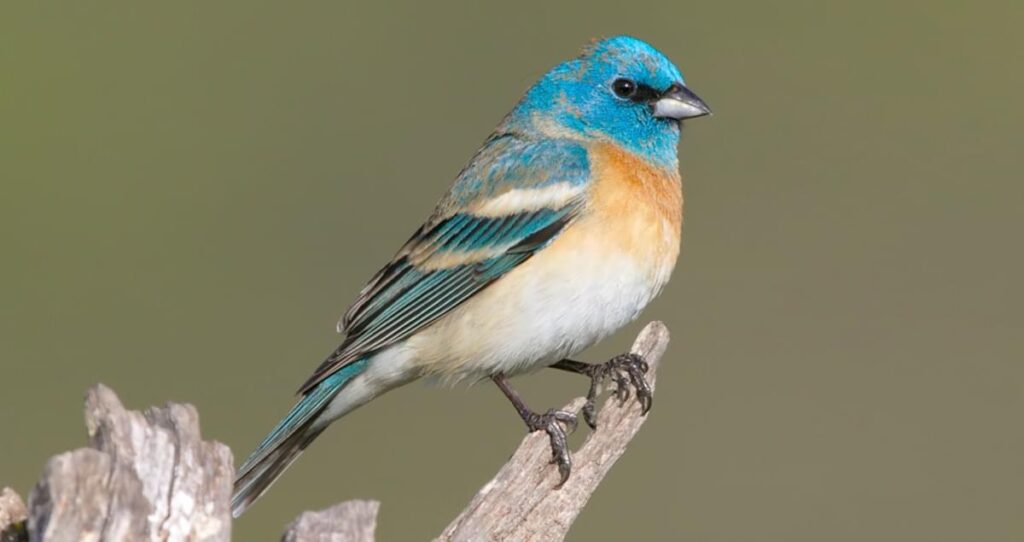
This bird which is native to North America features male birds with feather color brightness ranging from bright blue to brown.
The dullest and brightest colored male birds usually have an advantage in attracting females. This is because they are able to secure high-quality territories especially when nesting sites are limited.
Dull-colored yearling males appear non-threatening and so adult males tolerate them.
The adult males also tolerate bright-colored yearlings. So, these two are able to secure territories and mate, unlike intermediate colored yearling males who are attacked by the adult males.
8. Sexual differences in human

Disruptive selection may have also occurred in humans in the form of sexual dimorphism.
In sexual dimorphism, males and females have distinct differences between them.
In humans, for example, males tend to be taller, or bigger than females. They also have beards, hairy chests, or deeper voices. These factors relate to secondary sexual characteristics.
They could have arisen due to sexual selection in which certain traits were favored, giving the individual an advantage in mating and reproduction over rivals.
9. Males with exaggerated features
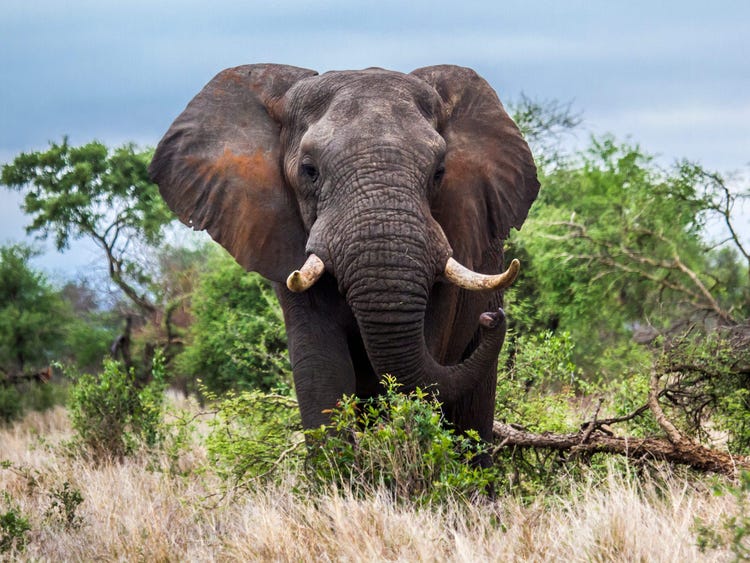
In many species, the males have exaggerated features compared to females. This is usually favorable for courtship.
For example, in African elephants, walruses or pigs both sexes have tusks but the male tusks are bigger.
This is an example where extreme traits have survived better than intermediate traits this time through sexual selection.
10. Human competitions in the arts

Best films, movies, and songs usually get high recognition through awards such as Academy Awards, or Grammy awards.
However, the worst performances also get recognition through Rotten Tomatoes which also gives awards.
This leaves average performances, films, or movies go unnoticed or unrewarded.
This can be viewed as an example of disruptive selection where extremes are rewarded.
Conclusion
In disruptive selection, the average guy doesn’t farewell.
That’s how disruptive this selection is to the normal or the average.
Apparently, being neither the best nor the worst is the worst state to be in.
Related Post: 8 Stabilizing Selection Examples in Everyday Life

